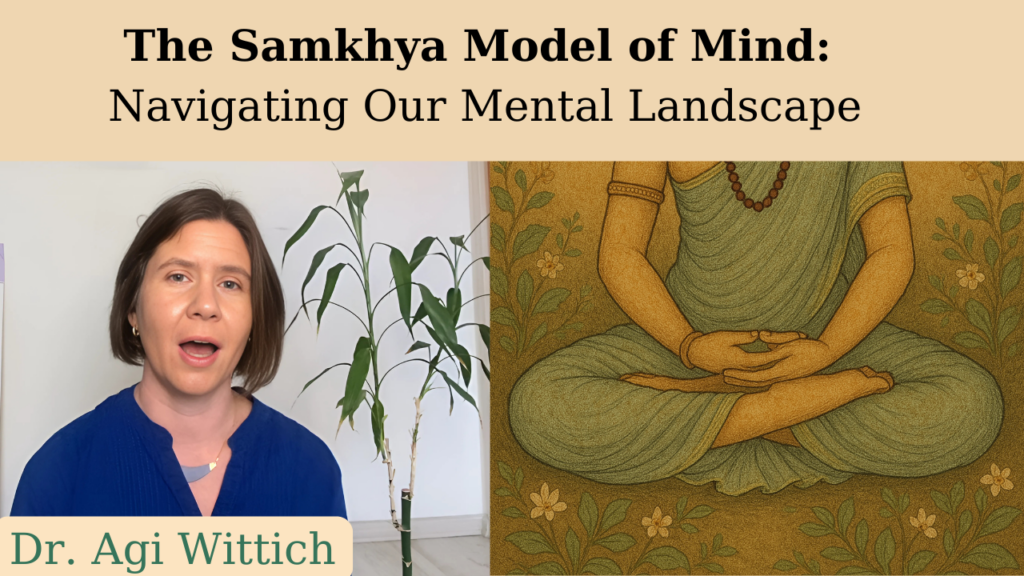
Join an illuminating journey into one of yoga’s most profound and practical philosophical systems. This academic talk explores the Samkhya model of mind—a sophisticated framework that offers remarkable insights into how our thoughts, emotions, and perceptions arise and transform.
Developed thousands of years ago, yet strikingly relevant to contemporary practice, the Samkhya system provides yoga practitioners and teachers with a detailed map of consciousness that can transform both our understanding and experience of yoga.
This talk bridges scholarly depth with practical application, making these ancient teachings accessible and immediately useful for modern yoga practitioners. Through clear explanations, traditional metaphors, and everyday examples, you’ll gain a deeper understanding of:
Whether you’re a dedicated yoga teacher, a serious practitioner, or simply curious about the deeper dimensions of yoga, this talk offers valuable insights that will enrich your practice and expand your understanding of yoga’s psychological wisdom.
Agi Wittich is a yoga practitioner since two decades, and is a certified Iyengar Yoga teacher. Wittich studied Sanskrit and Tamil at the Hebrew University of Jerusalem, Israel, completing a PhD with a focus on Hinduism, Yoga, and Gender. She has published academic papers exploring topics such as Iyengar yoga and women, the effects of Western media on the image of yoga, and an analysis of the Thirumanthiram yoga text.